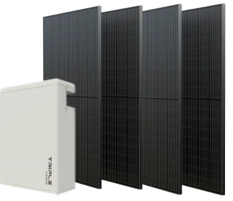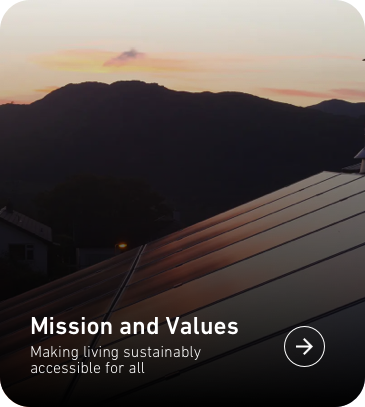AS SEEN ON
Effective Cavity Wall Insulation
Save up to £580 off your energy bills every year through Effective Energy Cavity Wall Insulation.
Excellent
2,921 reviews on
The benefits of Effective Cavity Wall Insulation
Reduce heat loss - saving on bills and carbon emissions
Less condensation on inner walls
Quick, simple installation from outside
Warmer home in winter, cooler in summer
Increased value of property (EPC)
Effective for lifetime of property
You could qualify for free home insulation under the ECO scheme
- Free loft, cavity wall insulation
- Reduce heating bills and energy waste
- Easy to apply - we can help
Get a Free Quote
Cost and savings
Insulating your loft, attic or flat roof is a simple way to reduce heat loss and your heating bills, along with your home’s carbon emissions.
Loft or roof insulation is effective for at least 40 years and pays for itself many times over.
Cost of loft insulation
from £350 for a 3-bed house
Insulation your loft could
save £580 a year on your heating bills
Carbon footprint impact
Save 1300kg CO2 a year Carbon dioxide savings
What people are saying
Our customers say Excellent
5 out of 5 Based on
2,921 reviews on

Not all walls have cavities..
Most houses built since the 1990s already have wall insulation, but if your house is older than that, it may not have any.
Your home could be suitable for standard cavity wall insulation if:
- Its external walls are unfilled cavity walls
- Your cavity is at least 50mm wide, and is clear of rubble
- The masonry/brickwork of your property is in good condition
- The walls are not exposed to driving rain.
- Your house is not at risk of flooding
One of our installers will carry out a survey to check that your house is suitable for cavity wall insulation before going ahead. This service is free of charge with no obligation.
Trusted and Accredited






FAQs

Is cavity wall insulation right for my home?
If your house was built in the last 20 years or so, the walls are probably already insulated. If you’re not sure whether a) your walls have cavities, or b) if you have cavity wall insulation already, we can help.
If your house was built after the 1920s, it is likely to have cavity walls. A cavity wall is made up of two walls with a gap in between, known as the cavity; the outer leaf is usually made of brick, and the inner layer of brick or concrete block.
Pre-1920 older houses are more likely to have solid walls. A solid wall has no cavity; each wall is a single solid wall, usually made of brick or stone.














